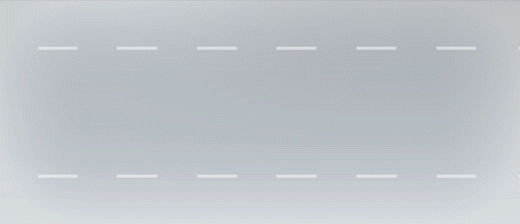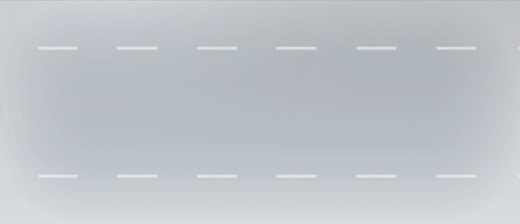According to a recent survey commissioned by EuroNCAP, Global NCAP and Thatcham Research, more than 70% of car drivers believe that it is already possible to buy a car capable of driving itself autonomously.
Unfortunately, that’s hardly the case, as shown by EuroNCAP’s own assessment of automated driving technology, proving that there is significant confusion among drivers when it comes to the reality of self-driving cars.
In order to find out exactly what systems such as Adaptive Cruise Control, Speed Assist and Lane Centering can do, a total of 10 different cars were tested. The models were the Audi A6, BMW 5-Series, Mercedes C-Class, DS 7 Crossback, Ford Focus, Hyundai NEXO, Nissan LEAF, Tesla Model S, Toyota Corolla and the Volvo V60.
Key findings from these tests include the following:
– No car on the market today offers full automation or autonomy.
– Cars on the market today can provide driver assistance, however this shouldn’t be confused with automated driving, as the person behind the wheel is still responsible for what happens.
– If used correctly, these systems can indeed help drivers maintain safe distances, speed and to stay within their lanes.
– These systems shouldn’t be used in situations for which they were not designed, as they do not yet represent an alternative to safe and controlled driving.
– Different automakers have different approaches to the application of driver assistance tech, with regards to the actual level of assistance provided.
“Euro NCAP’s message from these tests is clear – cars, even those with advanced driver assistance systems, need a vigilant, attentive driver behind the wheel at all times. It is imperative that state-of-the-art passive and active safety systems remain available in the background as a vital safety backup.”
System results
While testing the Adaptive Cruise Control function, EuroNCAP found that both the DS and the BMW offered a low level of assistance, while the Audi, Ford, Hyundai, Mercedes, Toyota, Nissan and Volvo offered a balance between driver and system assistance. Meanwhile, the Tesla risks an over reliance on the assistance system with the vehicle being primarily in control.
During steering tests, the Tesla’s system once again created the potential for over reliance, whereas all the other cars allowed the driver to cooperatively steer and manage the situation. The Tesla’s system did now allow the driver to deviate from the lane centering path and will disengage when the driver inputs any steering torque.
Finally, there were the Cut In and Cut Out scenarios, the most challenging tests for these driver assist systems.
Cut In
This refers to having a car from the adjacent lane merging into the lane just in front of the test car, something that happens frequently in day-to-day traffic, and easily anticipated by any alert driver.
Cut Out
In the Cut Out scenario, a car in front leaves the lane abruptly to avoid a stopped vehicle ahead, leaving the automated system only a short time to identify and properly respond to the situation.
Unfortunately, the results of these tests were that all cars’ systems were seriously lacking. In fact, none of the systems were able to help, and crashes could only be avoided if the driver did the braking and steering himself.
https://www.youtube.com/playlist?list=PLLuRvZsEbnsGv_BUpbmW0bFO8q1gniKGc





